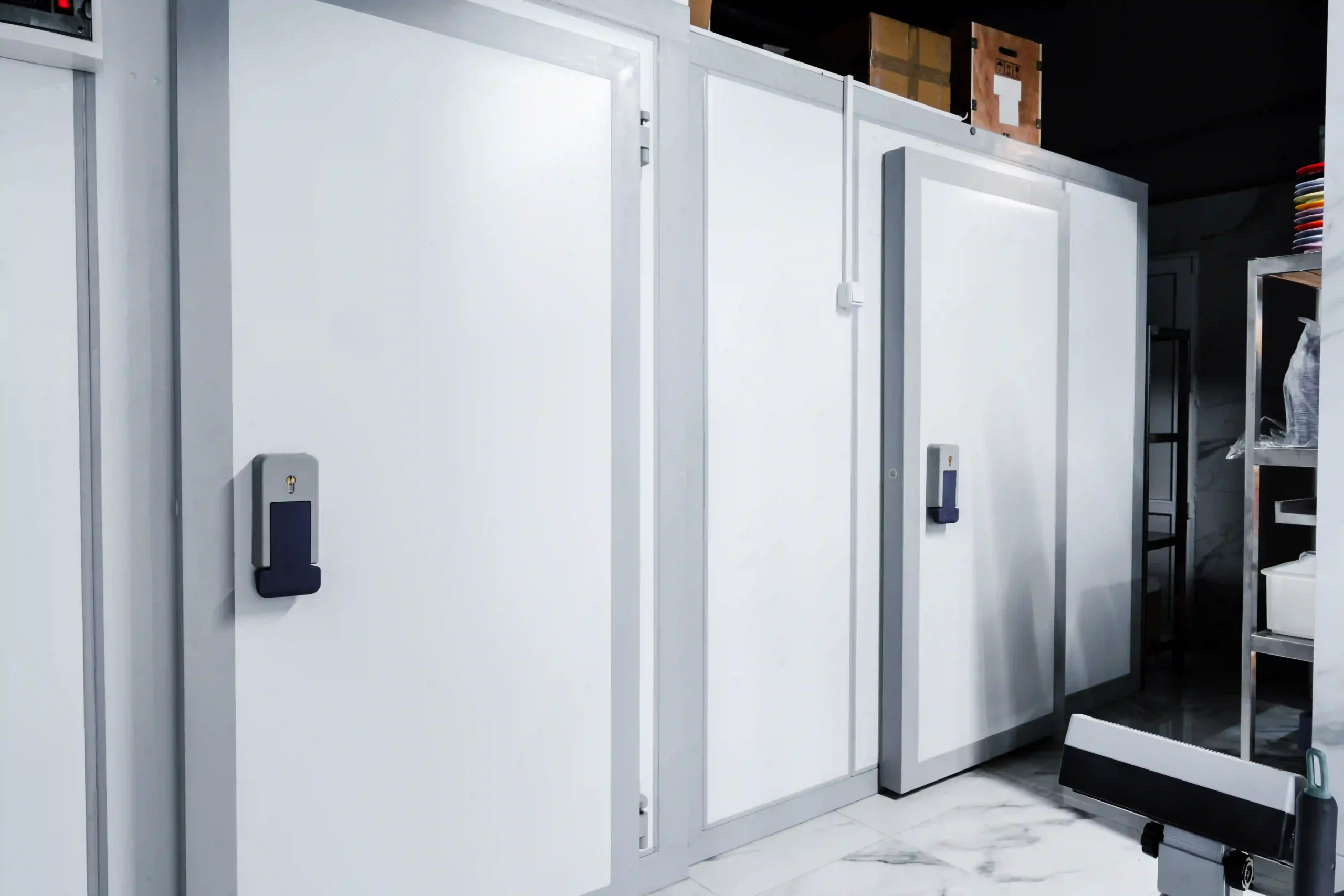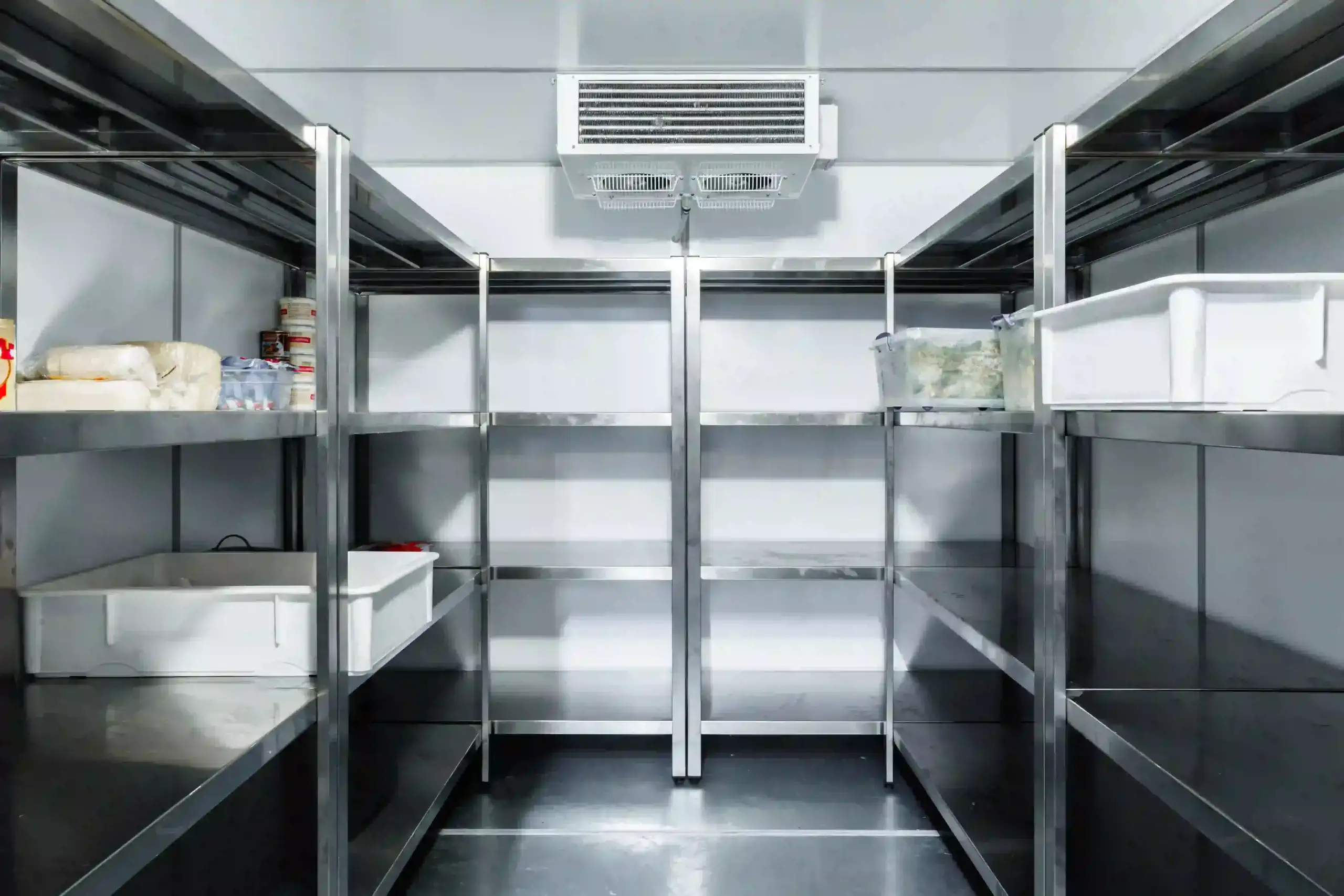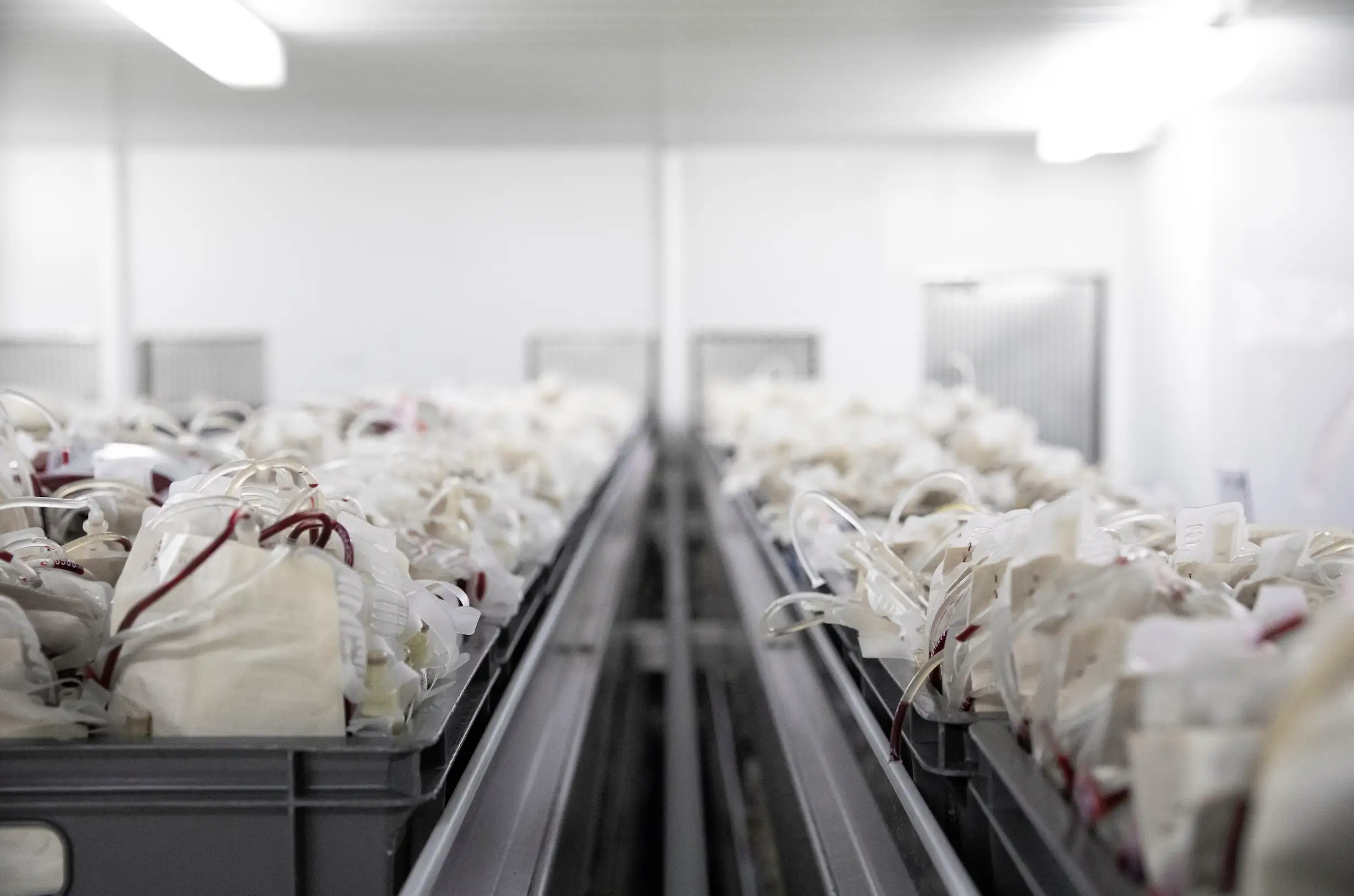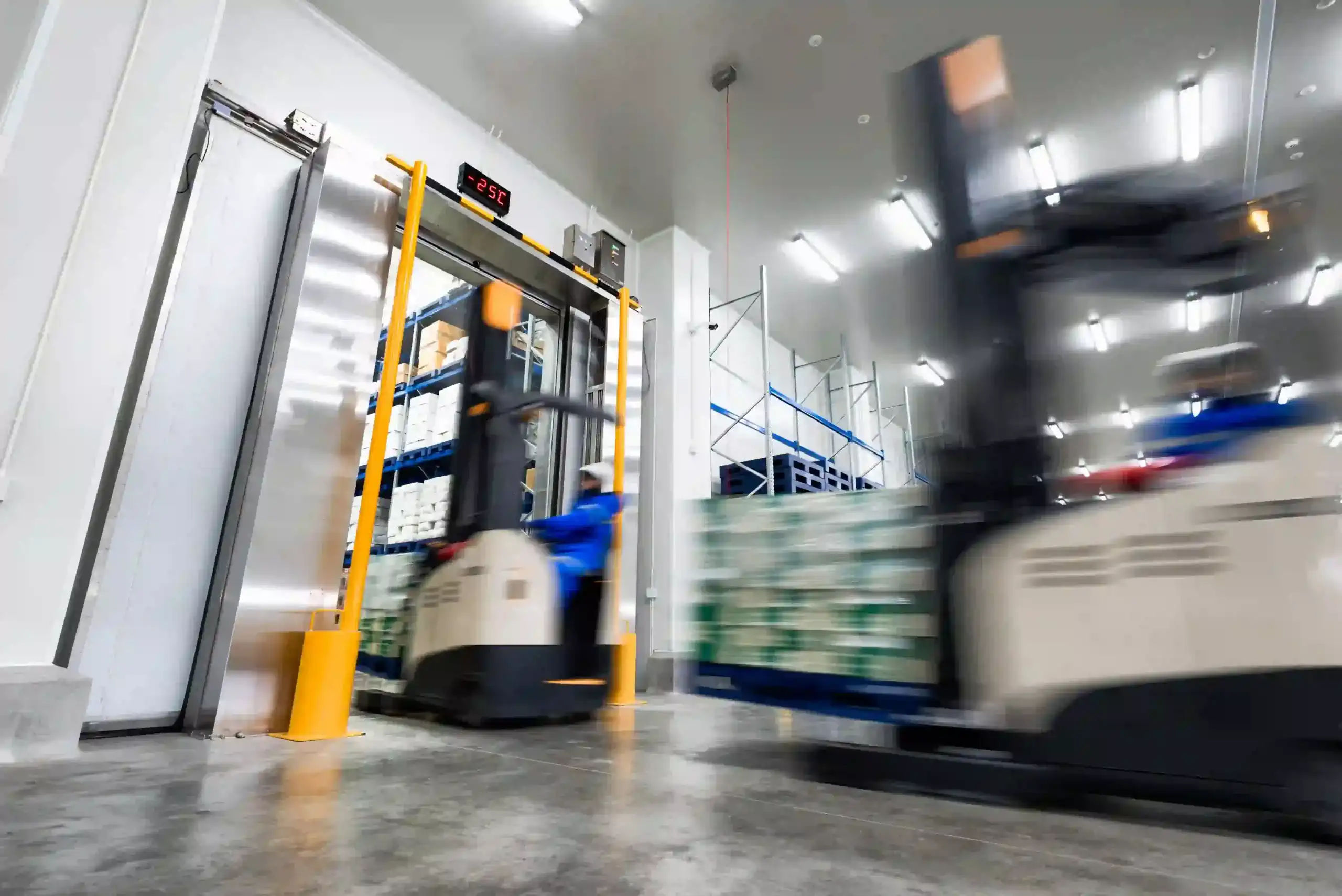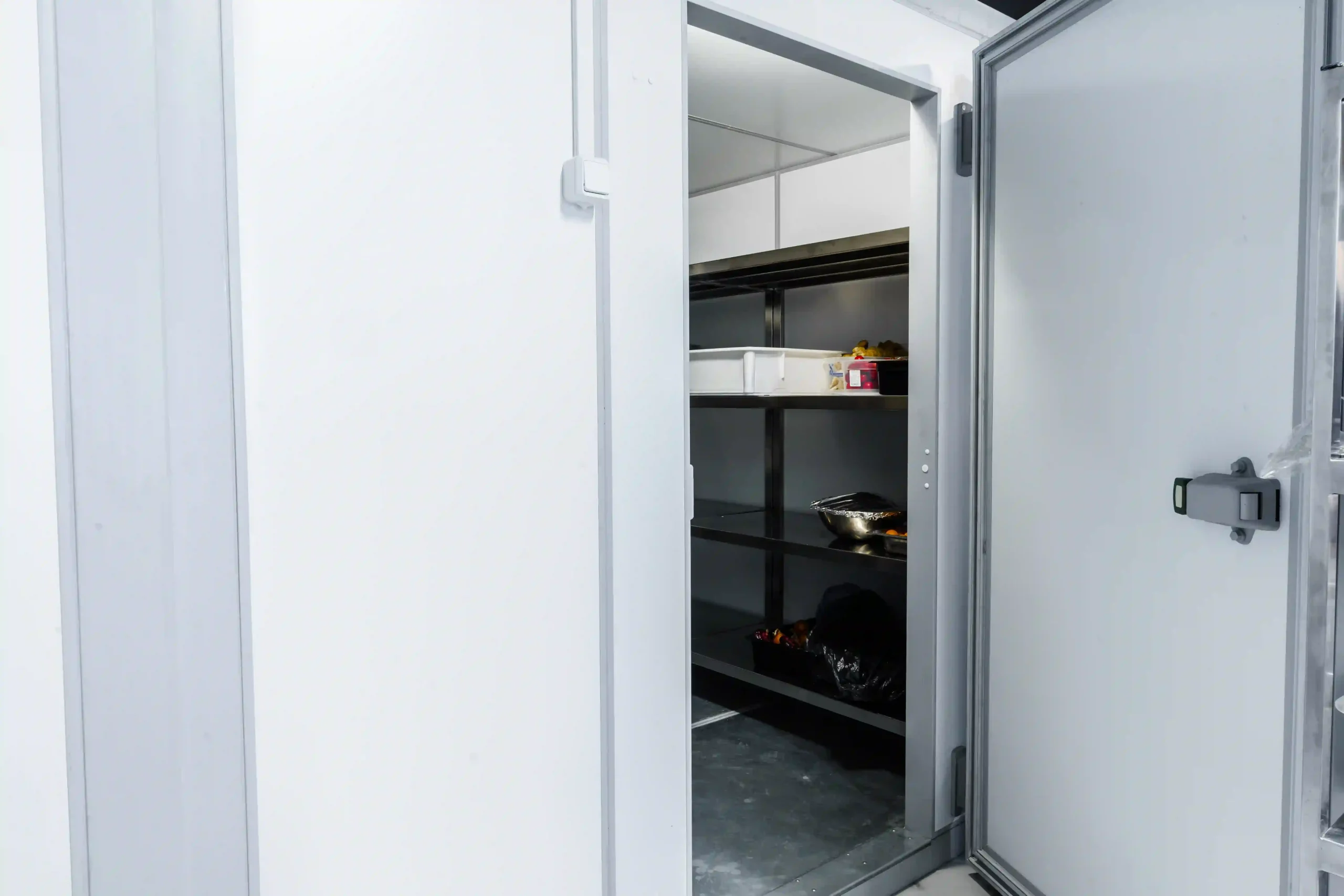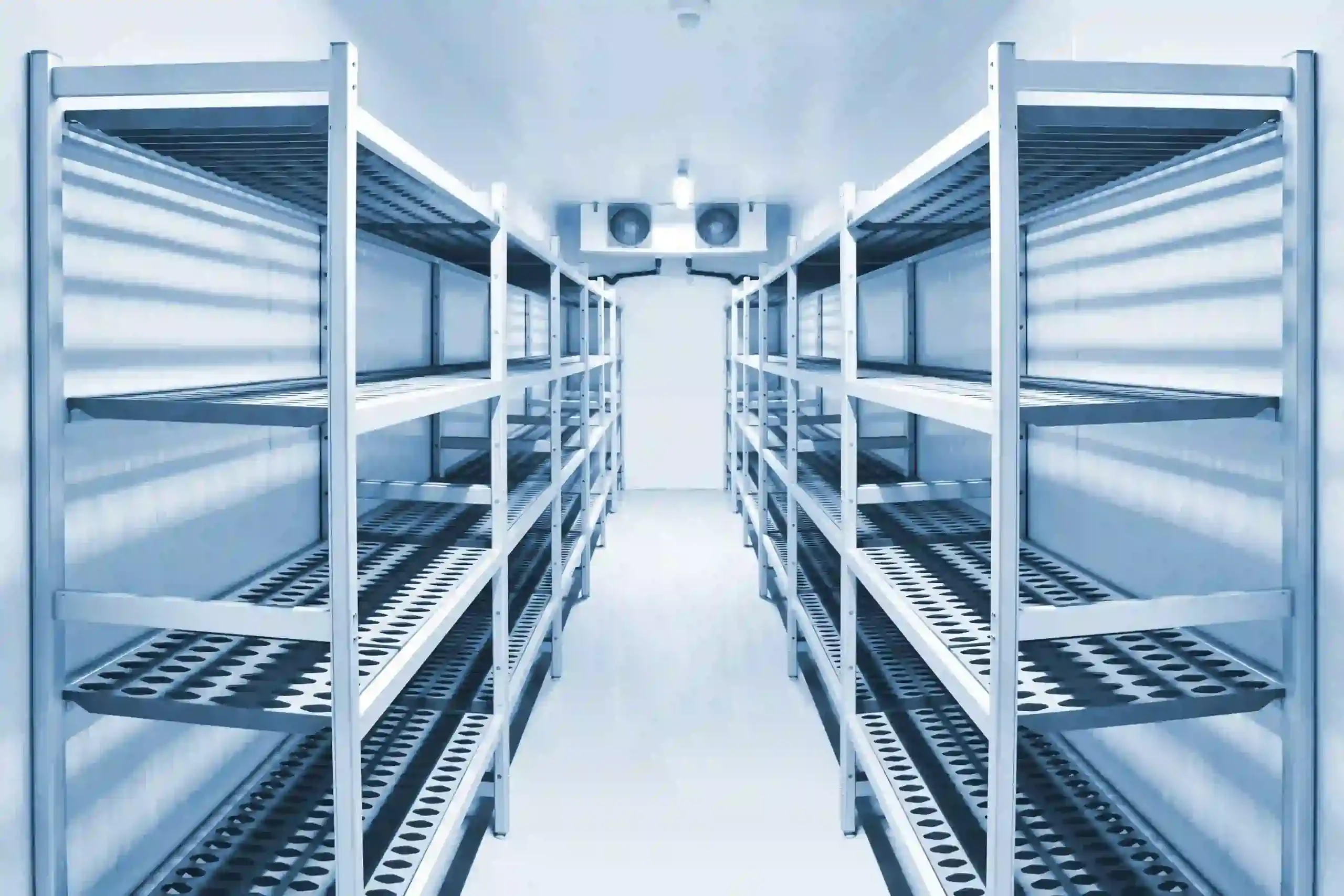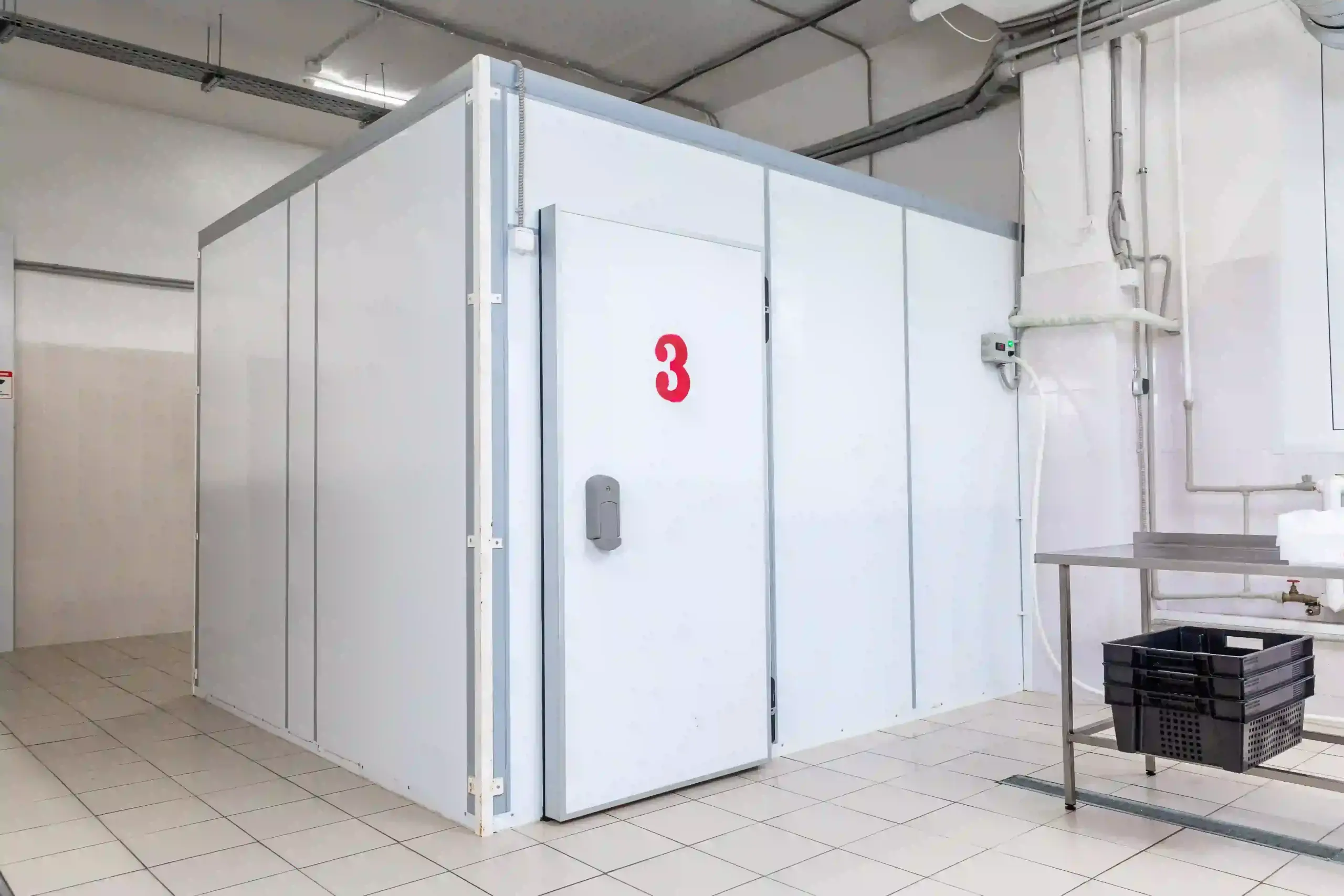
- Home
- Bakery & Pastry Walk-in Cold Rooms & Freezer Rooms – Crafted in Turkey for Delicate Storage & Dough-Ready Precision
Bakery & Pastry Walk-in Cold Rooms & Freezer Rooms – Crafted in Turkey for Delicate Storage & Dough-Ready Precision
Walk-In Chiller Rooms & Freezers Made in Turkey
Bakery & Pastry Walk-in Cold Rooms & Freezer Rooms – Crafted in Turkey for Delicate Storage & Dough-Ready Precision
You’ve been here: the dough is laminated, the pastry cream’s ready, trays are lined up — and then the cooler fails. Hours of care and craft undone in minutes. That moment sticks. We’ve lived it, too. And it’s why we build cold rooms that move at the speed of a real kitchen, not a factory line.
At our facility in Turkey, we don’t just chill baked goods — we protect the rhythm of baking. The pacing. The prep. The precision. Our walk-in cold rooms are built for pastry teams who rely on timing, texture, and calm under pressure.
Whether you’re shaping croissants at 4 a.m. or lining up tart shells for flash freezing, our systems help you stay ahead of the clock and out of crisis mode — even on your busiest bake days.
1-Year Factory Warranty
Service in 90+ countries
Spare parts in Turkey, UAE
🧁 Why Bakeries and Pastry Operations Need Specialized Walk-in Chillers/Freezers
. 🌡️ Temperature Zones That Match Your Craft: From -25°C freezers to gentle 4°C chill zones, we match your bake schedule, not just your ingredients.
· 💧 Humidity That Listens to Your Dough: Too dry, and the dough cracks. Too damp, and it goes slack. We dial it in just right — soft when it needs to rise, firm when it needs to hold.
· 🧽 Surfaces That Make Cleanup Less of a Chore: After a 12-hour shift, no one wants to scrape butter off corners. Our smooth walls wipe down fast.
· 💨 Airflow That Respects the Work: Puff pastry layers, chocolate glazes, delicate doughs — all stay intact thanks to circulation that doesn’t blast them into collapse.
· 🚪 Layouts That Match Real Movement: Your team has a flow — trays in, carts out, racks rotated. We design for how your kitchen breathes.

👨🍳 Who We Serve in the Bakery & Pastry Industry
We work with the early risers, the flour-dusted finishers, and the dessert perfectionists — the ones who take pride in every fold, fill, and finish:
🥐 Boutique croissant teams layering one sheet at a time
· 🍞 Artisan bakeries kneading quality into every loaf
· 🎂 Cake and tart creators working one layer, one garnish at a time
· 🧁 Hotel and resort pastry teams feeding hundreds daily
· 🥖 Central kitchens and frozen pastry exporters managing big volumes without compromise
🧱 Cold Room Panels – Crafted for Baking Environments
Feature | Description |
🔲 Type | Modular/Sandwich for consistent bakery conditions |
🧊 Insulation | PUR foam, 40–44 kg/m³ |
📏 Thickness | 100 mm for chillers, 120 mm for freezers |
🧽 Surface Finish | PVC or Stainless Steel – food-safe, grease-resistant |
🚫 Floor Panels | Anti-slip and washable, safe for flour, fat, and moisture |
🔗 Joint Type | Cam-lock tongue & groove, sealed against heat and steam |
🧼 Corner Profiles | Rounded and cleanable for daily bakery sanitation |

🪵 Floor Panel Options for Bakeries
· 🧲 Checker Aluminum – Handles rack wheels and high traffic
· 🧼 PVC Coated Floors – Non-slip, butter & oil resistant
· 🧁 Stainless Steel (304) – Premium choice for hygiene-sensitive pastry zones
🔄 Flexible Installation Types
. 🚧 Ramp-friendly entry for tray carts
· 🧱 Slab-mounted or recessed configurations
· ❄️ Floor foam insulation for heat-prone production zones
🧱 Wall & Ceiling Design Considerations
. 🧱 Wall Panels: Seamless, washable, scratch-resistant
· 🔼 Ceiling: Sag-resistant, anti-condensation layout
🚪 Doors for Bakery & Pastry Use
· 🚪 Hinged & Sliding: Sized for racks and trays
· 🚪 Flip-Flap: Great for hands-free, frequent kitchen movement
💡 Lighting & Controls
. 💡 LED Lighting: No shadows, moisture safe
· 🌡️ Climate Control Panels: Track zones like proof, rest, freeze
· 🚪 Air Curtains & Strip Doors: Hold temperature during rush hours
· 🔩 Shelving, gliding tracks, and dough-safe supports
📦 What Sets Our Bakery Cold Rooms Apart
. 🇹🇷 Made in Turkey – CE-marked, export-ready
· 🧁 Designed around bakery timing, not just temperature
· 🧽 Easy to clean from floor to ceiling
· 📐 Modular systems matched to kitchen rhythm
· 📞 Built with guidance, drawings, and a responsive team
❓ FAQ – Bakery & Pastry Cold Rooms
What temperature is best for bakery cold rooms?
Most bakeries use +2°C to +5°C for chilled dough or creams, and -18°C to -25°C for frozen pastry storage. Dual-zone designs are common for flexibility.
Why is humidity control important in pastry cold rooms?
Low humidity dries out dough and cracks pastry, while excess humidity makes layers collapse. Controlled humidity keeps croissants, cakes, and dough at the right texture.
Can proofing and chilling zones be combined in one walk-in unit?
Yes. Many bakery cold rooms now include dual-zone areas for proofing, resting, and blast chilling — helping pastry teams save space and time.
How should bakery cold rooms be specified in BOQ and consultant drawings?
They should include rack access dimensions, humidity controls, drain points, and energy load data. This ensures the cold room matches workflow and avoids redesigns.
What ROI do bakeries get from Turkey-built pastry cold rooms?
Hotels and central kitchens report up to 30% faster prep time and 40–50% less spoilage of laminated doughs. ROI is often reached within 2 years.
💬 Real Projects & Client Testimonials – What Our Partners Say

